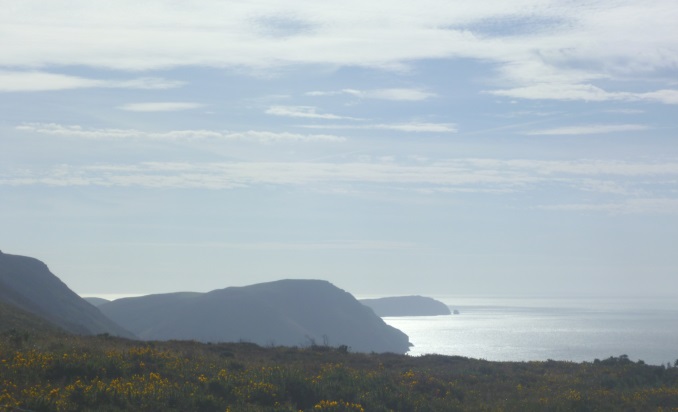
Isle of Man (Mannin) is located in the north Irish Sea. The Point of Ayre (Manx: Kione ny h-Ayrey) is the northernmost point of the Isle of Man and is just 26 kilometres (16 mi) south of Burrow Head in south-west Scotland. The island comprises 227 square miles (588 square kilometres) and it measures approx. 33 miles long by 13 miles wide. Sometimes described as the Celtic heart of the Irish Sea, the island is not part of the United Kingdom and has its own Government (Tynwald) and language Manx Gaelic. The cultural influences for the island originate from the indigenous Celtic peoples. The Vikings arrived in the Island around 800 AD and a fusion of cultures took place which is still evident in the archaeology, language, place-names and Parliamentary traditions of the island.
The Manx nation has a rich cultural heritage and folklore. The Celtic myths, legends, traditional beliefs, customs, and stories of the Isle of Man (Mannin) have been passed from generation to generation, much of it through oral tradition. The importance of folklore to a nation should not be underestimated. It encompasses the traditions common to that culture and shared by its people. Many entities exist in Manx mythology. Creatures that can rise from the rivers and the sea, emerge from cavernous depths and spring out of rocks. Variations of stories featuring each of these mysterious beings have been told on the Isle of Man for many centuries. Not least of which feature the Ben Varrey, the Manx name for a Mermaid and there is also a male equivalent the Dooinney Marrey.
One such tale of the Ben Varrey and her love of apples is told by Kathleen Killip (1911 - 1991). Amongst her work is ‘St Bridget’s Night: Stories from the Isle of Man.’ Here she tells the story of The Mermaid and the Apple Tree.